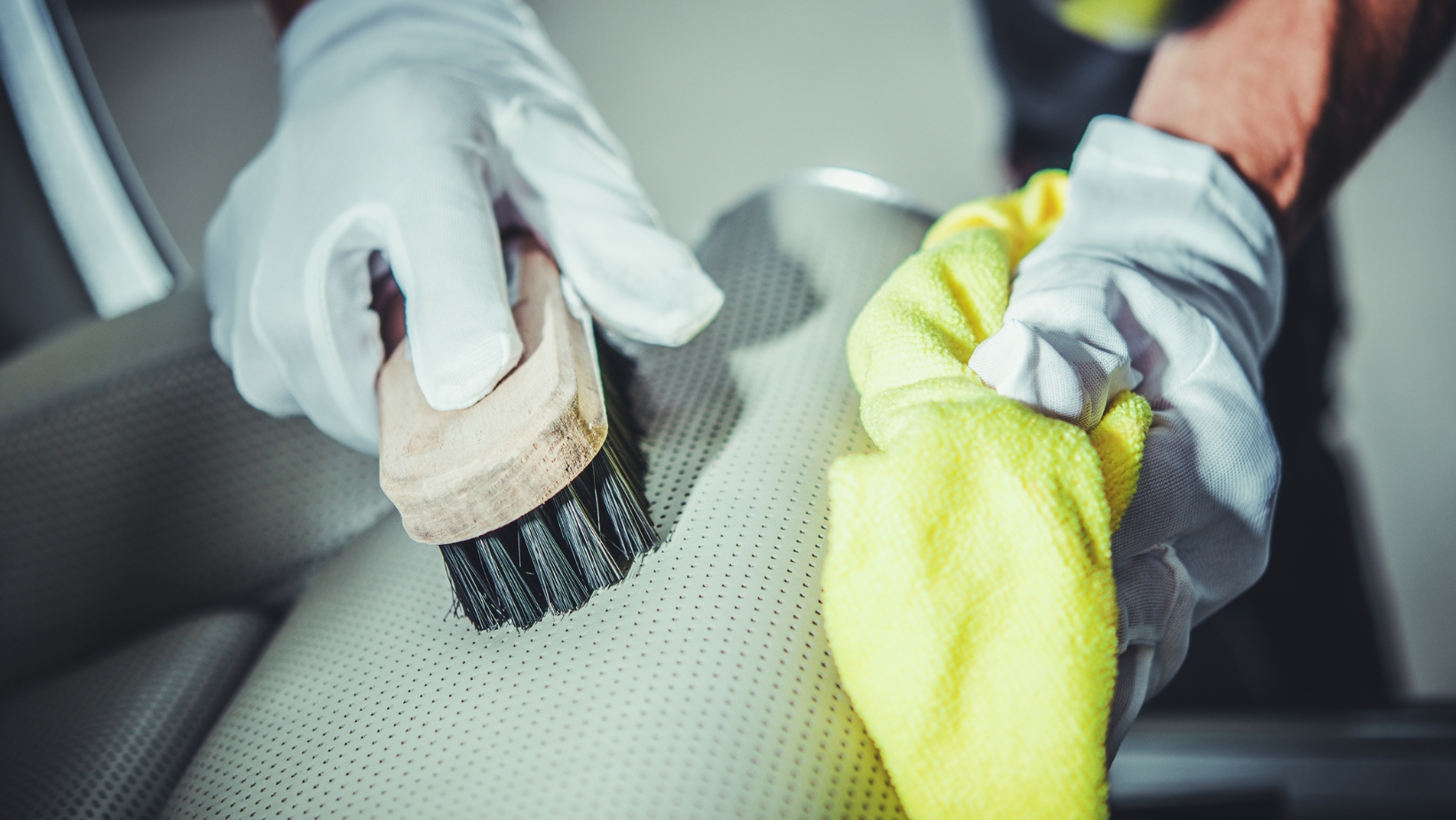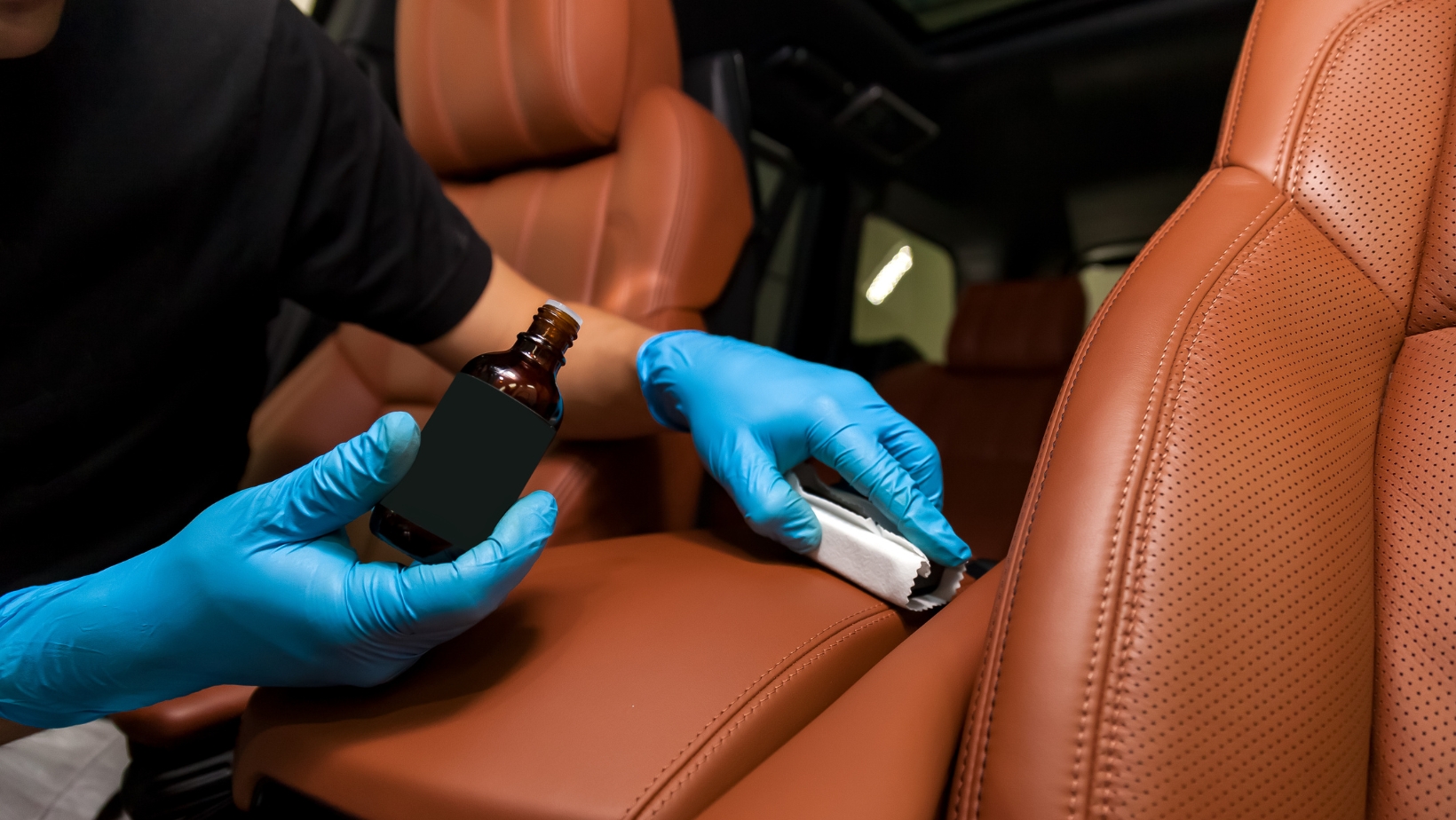When it comes to maintaining the interior of our vehicles, one area that often requires attention is the car seat leather. Over time, leather seats can become worn, cracked, or torn, diminishing the overall appearance and comfort of the vehicle. Fortunately, there are several effective methods available to repair car seat leather and restore it to its former glory.
One option for repairing car seat leather is using a leather repair kit. These kits typically come with all the necessary tools and materials needed to mend small tears and cracks in the leather. By following the instructions provided, you can easily patch up any damaged areas and make your car seats look as good as new.
Another alternative is seeking professional help from an upholstery specialist or a professional auto detailer who specializes in repairing car interiors. These experts have extensive knowledge and experience in dealing with various types of leather damage. They can assess the extent of the damage to your car seat leather and provide tailored solutions that will effectively restore its condition.
Common Causes of Leather Car Seat Damage
Preventing Leather Car Seat Damage
When it comes to keeping your car seat leather in good condition, prevention is key. By understanding and avoiding the common causes of damage, you can prolong the life of your seats and maintain their aesthetic appeal. Here are a few tips to help prevent leather car seat damage:
- Regular Cleaning: Dust, dirt, and debris can accumulate on your car seats over time and cause them to deteriorate. Make sure to regularly vacuum or gently wipe down the seats with a soft cloth to remove any surface particles.
- Protection from Sunlight: Prolonged exposure to sunlight can lead to fading, cracking, and discoloration of leather seats. To protect them from harmful UV rays, park in shaded areas or use window shades when parking under direct sunlight.
- Avoid Sharp Objects: Be mindful of sharp objects such as keys or pens that could potentially scratch or puncture the leather surface. Keep these items separate from your car seat area or store them safely in a designated compartment.
- Proper Entry and Exit: Take care when entering or exiting your vehicle to avoid rubbing against the edges of the seats, which can cause wear and tear over time. Use caution especially if you’re wearing clothing with metal studs or rough materials.
Proper Maintenance for Leather Car Seats
To ensure that your leather car seats remain in top condition for years to come, regular maintenance is essential. Here are a few maintenance practices you should incorporate into your routine:
- Conditioning: Applying a high-quality leather conditioner periodically helps keep the material supple and prevents it from drying out or cracking due to environmental factors like heat and humidity.
- Moisture Control: Excessive moisture can promote mold growth on leather surfaces, leading to irreversible damage. If your seats do get wet (for example, due to spills), promptly blot the moisture with a clean cloth and allow them to air dry. Avoid using heat sources like hairdryers, as they can damage the leather.
- Avoid Harsh Cleaning Agents: When cleaning your leather car seats, opt for mild, pH-neutral cleaners specifically designed for this purpose. Harsh chemicals or abrasive cleaners can strip away natural oils from the leather, causing it to become dry and prone to cracking.

Repair Car Seat Leather
Even with proper care, minor damage may still occur on your leather car seats over time. Here are some steps you can take to repair minor issues:
- Scratch Repair: For small scratches or scuffs on the surface of your leather seats, you can try using a specialized leather repair kit that matches the color of your seats. Follow the instructions provided in the kit to carefully fill in and blend out the imperfections.
- Color Restoration: If your car seat leather has faded or lost its vibrant color due to sun exposure or wear, consider using a dye specifically formulated for automotive leathers. Make sure to test it on a small inconspicuous area first and follow the application instructions carefully.
- Crack Treatment: In cases where there are small cracks forming on the surface of your seats, you can apply a leather conditioner enriched with moisturizers and rejuvenating agents. This will help nourish the leather fibers and minimize further cracking.
Remember that more extensive damage may require professional intervention or even seat replacement. It’s always best to consult with an expert if you’re unsure about how to tackle major repairs or if you want professional advice tailored to your specific situation.
By following these preventive measures, maintaining regular care routines, and addressing minor issues promptly, you’ll be able to extend the lifespan of your car seat leather and enjoy its luxurious feel for years ahead.







































